Karl Storz Hopkins 26156B Hysteroscope Hamou Micro Contact 30-Degree
Introducing the Karl Storz Hopkins 26156B Hysteroscope for sale.
Karl Storz Hopkins 26156B Hysteroscope Specifications
- Magnification: 1x, 20x, 60x, 150x
- Diameter: 4 mm
- Length: 250 mm
- View: 30-degree
- Weight: 0.5 lbs
About Hysteroscopy
Hysteroscopy is the gold standard procedure for uterine cavity exploration. However, the World Health Organization (WHO) recommends hysterosalpingography (HSG) alone for management of infertile women. The explanation for this discrepancy is that HSG provides information on tubal patency or blockage. Office hysteroscopy is only recommended by the WHO when clinical or complementary exams (ultrasound, HSG) suggest intrauterine abnormality or after in vitro fertilization (IVF) failure. Nevertheless, many specialists feel that hysteroscopy is a more accurate tool because of the high false-positive and false-negative rates of intra uterine abnormality with HSG. This explains why many specialists use hysteroscopy as a first-line routine exam for infertility patients regardless of guidelines.
Uterine adenomyosis is a common gynecologic disorder in women of reproductive age, characterized by the presence of ectopic endometrial glands and stroma within the myometrium. Dysmenorrhea, abnormal uterine bleeding, chronic pelvic pain, and deep dyspareunia are common symptoms of this pathological condition. However, adenomyosis is often an incidental finding in specimens obtained from hysterectomy or uterine biopsies. The recent evolution of diagnostic imaging techniques, such as transvaginal sonography, hysterosalpingography, and magnetic resonance imaging, has contributed to improving accuracy in the identification of this pathology. Hysteroscopy offers the advantage of direct visualization of the uterine cavity while giving the option of collecting histological biopsy samples under visual control. Hysteroscopy is not a first-line treatment approach for adenomyosis and it represents a viable option only in selected cases of focal or diffuse “superficial” forms. During office hysteroscopy, it is possible to enucleate superficial focal adenomyomas or to evacuate cystic haemorrhagic lesions of less than 15 mm in diameter. Instead, resectoscopic treatment is indicated in cases of superficial adenomyotic nodules larger than 15 mm in size and for diffuse superficial adenomyosis. Finally, endometrial ablation may be performed with the additional removal of the underlying myometrium.
Karl Storz History
Karl Storz founded his company for the production of ENT instruments, headlamps and binocular loupes in 1945. This interest in medical vision, illumination, and thus physics consequently led him to specialize in endoscopes. He became fascinated with the idea of developing instruments that would enable the physician to look inside the body. However, the technology available at the time was still very limited. The area under examination in the interior of the human body was illuminated with miniature electric lamps. Alternatively, attempts were made to reflect light from an external source into the body through an endoscopic tube.
Karl Storz quickly realized that this method would not provide adequate illumination and so he resolved to find an alternative. In realizing this dream, Karl Storz benefited from two rather contradictory character traits: The unerring meticulousness of the craftsman and the imaginative power of the artist and inventor. The solution he found still holds true today: Very bright light generated by an external light source is introduced into the body through a flexible fiber optic light cable. The principle of “cold light illumination” paved the way for modern endoscopy and laid the foundation for the future success of the company KARL STORZ. With more than 400 patents and utility models, Karl Storz has played a crucial role in the development of modern endoscopy.
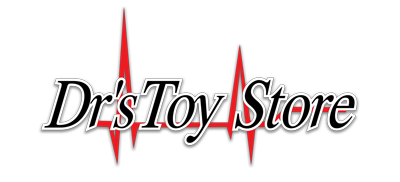
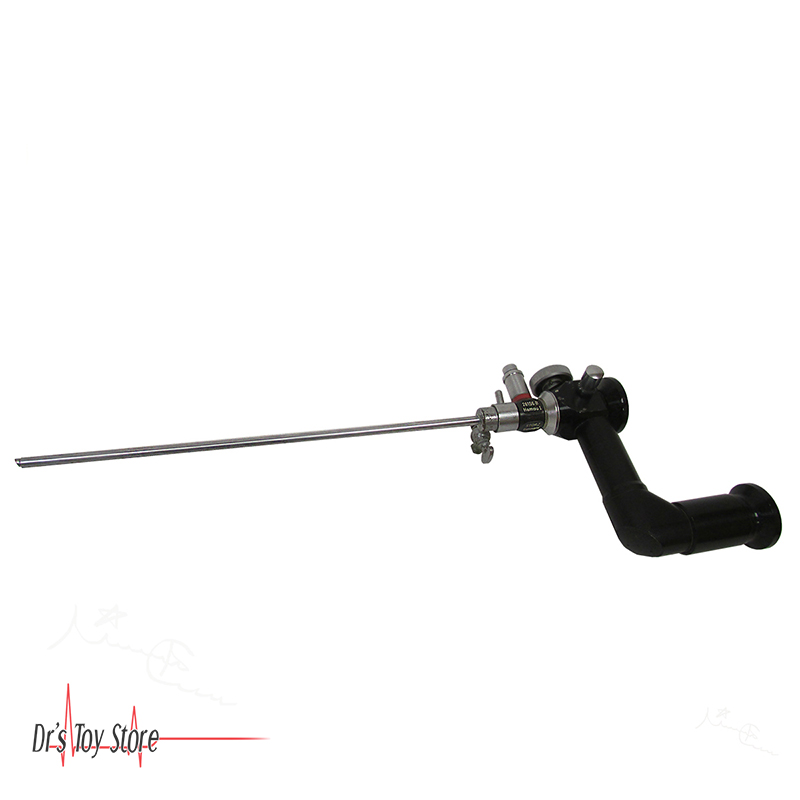
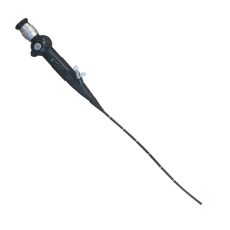
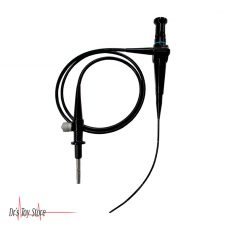
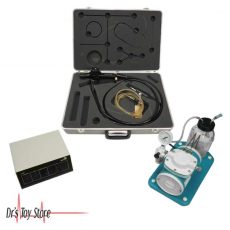
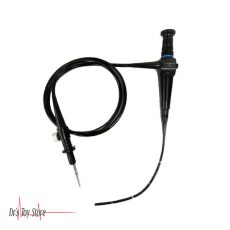
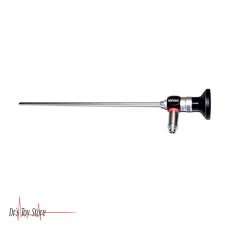
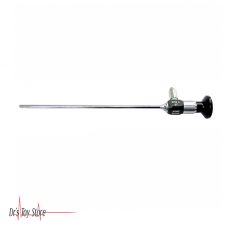
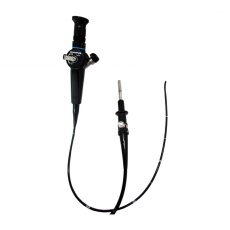
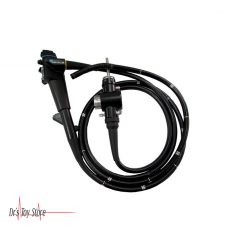
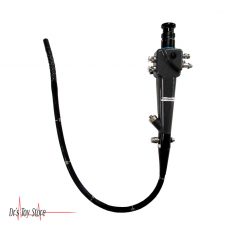

Reviews
There are no reviews yet.